What do you think of Hellebore and where to plant?
paulsiu
12 years ago
Related Stories
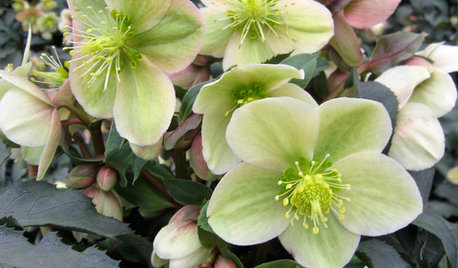
WINTER GARDENINGGreat Design Plant: Gold Collection Hellebores Perform Like Stars
Exciting colors, longer bloom times, forward-facing flowers ... These hybrids leave old hellebores in the dust
Full Story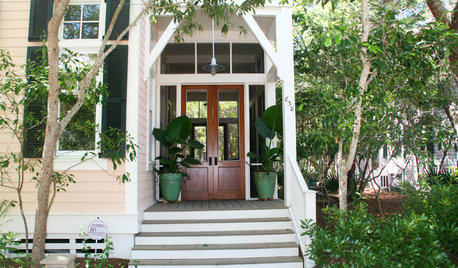
CONTAINER GARDENSWant an Easy Tropical Oasis? Think Container Plants
Tropical plants have taken one coastal community by storm. Come on a walk with us to get ideas for your own porch, patio or garden
Full Story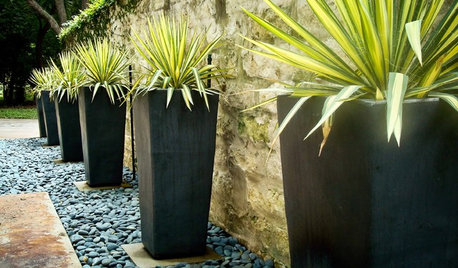
CONTAINER GARDENSWant Compelling Garden Minimalism? Think One Plant, One Pot
Highlight a show-worthy stunner or elevate a pedestrian plant by giving it a solo starring role in the garden
Full Story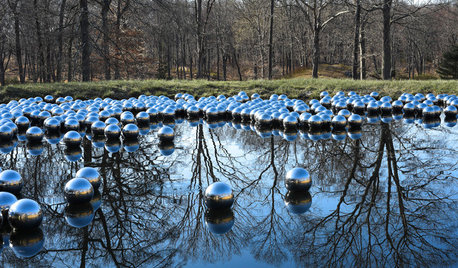
EVENTSDesign Calendar: Where to Go and What to See in June
Communal architecture, artful wallpaper, spheres, modern chairs and more give us things to think about this month
Full Story
GARDENING GUIDESNew Ways to Think About All That Mulch in the Garden
Before you go making a mountain out of a mulch hill, learn the facts about what your plants and soil really want
Full Story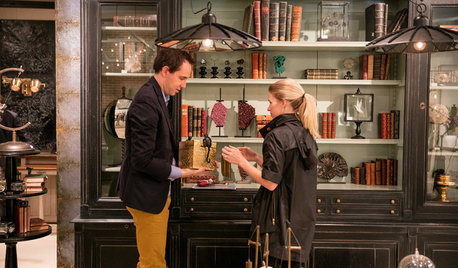
EVENTSDesign Calendar: Where to Go and What to See in April 2016
Tour modern homes, peruse handmade furniture and stroll native-plant gardens this month
Full Story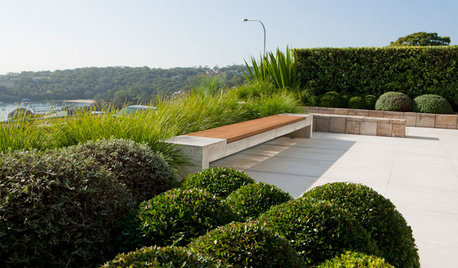
GARDENING GUIDESLandscapes Take Shape With 3D Thinking
Strike the right balance of mass and space in your garden to give it intriguing dimension and appeal
Full Story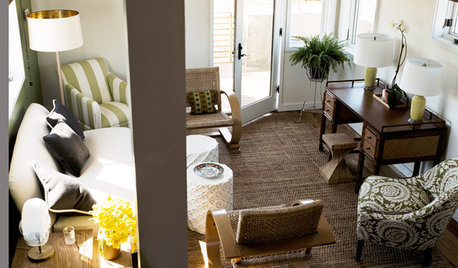
SMALL SPACESDownsizing Help: Think ‘Double Duty’ for Small Spaces
Put your rooms and furnishings to work in multiple ways to get the most out of your downsized spaces
Full Story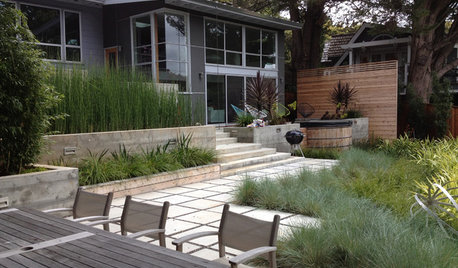
LANDSCAPE DESIGNLet's Revisit Some Revolutionary Garden Thinking
One book changed the vision of postwar British garden design forever. See how it's influencing your garden today
Full Story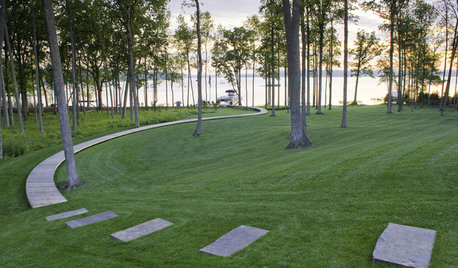
ARCHITECTUREThink Like an Architect: Know Your Homesite for a Great Design
Learn how to approach a building site the way professionals do — considering everything in sight
Full StoryMore Discussions






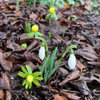

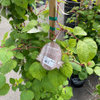
flora_uk
wieslaw59
Related Professionals
West Milford Landscape Architects & Landscape Designers · 70037 Landscape Architects & Landscape Designers · Kapaa Landscape Architects & Landscape Designers · Bethlehem Landscape Contractors · Norwood Landscape Contractors · Pottstown Landscape Contractors · Allentown Landscape Contractors · El Segundo Landscape Contractors · Newberg Landscape Contractors · Pahrump Landscape Contractors · Paterson Landscape Contractors · Saint Paul Landscape Contractors · Watertown Landscape Contractors · West Haverstraw Landscape Contractors · Goldenrod Landscape Contractorscoolplantsguy
gardenweed_z6a
Freda
calistoga_al ca 15 usda 9
mycitygarden
rusty_blackhaw
leslie197
paulsiuOriginal Author
mosswitch